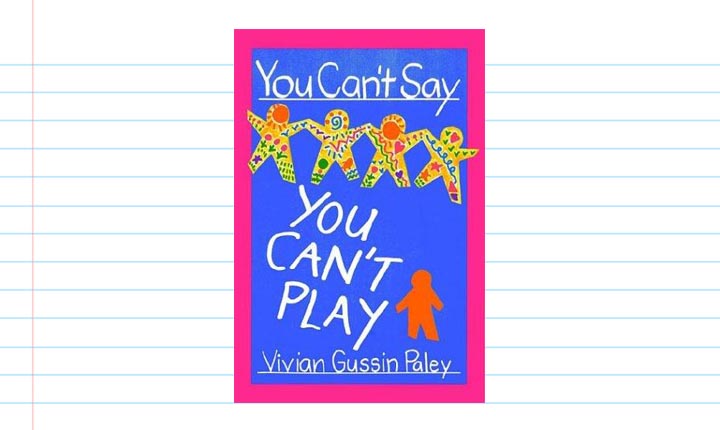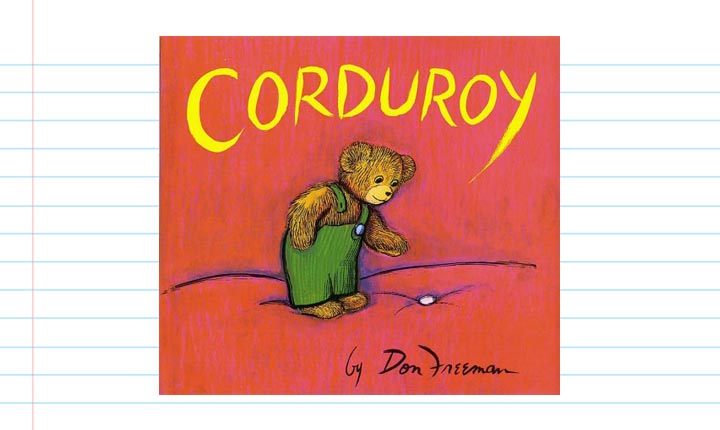The Longest Shortest Time
You’re Not Welcome in This Castle
Back before Sasha’s school program started, I took her to an open house for new students. Within the first 10 minutes another little girl had torn a toy drum out of Sasha’s hands. I looked up at the girl’s dad but he didn’t seem to notice, so I tried reasoning with the girl.
“Sasha was playing with this drum,” I told her loudly, hoping Dad would hear. “Let’s find you another instrument.” I held out my hand but of course she didn’t relinquish the drum. Sasha looked distraught. Short of yanking the drum out of the girls tight grip, I didn’t know what to do. So I went and got Sasha something else that of course she didn’t want as much at that moment as the drum.
Since then I’ve gotten a little more bold in these kinds of situations, sometimes actually removing the desired object (gently) from the taker’s hands and giving it back to Sasha because I don’t want her to think that just because she doesn’t scream as loud as other kids (publicly) she always has to capitulate to them. For now she’s not old enough to advocate for herself. Though I often tell her, “You can say no to Parker.” And sometimes she does! But in the not too distant future she will be on her own more than she is with me and she will have to learn these social skills. Or we will have to work on them together.
I’ve written before about the Blacktop Gang, the girls ranging in age from 3 to 9 who run around our driveway most afternoons. They invent all kinds of games. They jump rope. They hula hoop. They put on plays. Sasha always scores a good role—last time she got to be both a fairy and a troll. (“The baby is the troll?!” exclaimed a 6-year-old boy over for a play date.) She gets included in everything because she is so young and only wants to run after the pack, imitating their every move. But I know it will get more complex once she begins to have opinions and ideas about pretend and play. I have seen every single girl in this group be rejected. And I have seen every single one of them do the rejecting.
I have a lot of thinking to do about how to help Sasha strategize those situations when the inevitably arise.
My first step in that direction has been to read You Can’t Say You Can’t Play by Vivian Gussin Paley.

My mom loaned me this book, saying it was invaluable to her as an elementary school art teacher. I also remembered hearing Paley years ago on This American Life a couple different times and thinking that her observations and approaches to socializing amongst very young school children were very sensible. Paley tackles her “You can’t say you can’t play” experiment with her kindergarteners almost like a journalist—asking probing questions of not only her own students but of each grade in the school as well. I highly recommend reading this book if you want a look at the psychology behind rejectors and the rejected, as well as the vulnerability that a well-intentioned adult can feel while mediating the two.
Also. In regard to the “We Can’t Stop Reading” list, I have only one word this week. Corduroy.

Last week commenter Heather said that her daughter was in love with this Don Freeman classic because “there’s a page where the little teddy bear has just his ears peeking out from under the covers, and she likes to act that part out over and over with her own stuffed bears.” In this house, we have read nothing by Corduroy all week and I think it’s because of the spread in which Corduroy yanks the button on the mattress “until POP! Off came the button—and off the mattress Corduroy toppled, bang, into a tall floor lamp. Over it fell with a crash.” Sasha giggles hysterically upon first sight of those pages and her laughter crecsendoes with each onomatopoeia.
Okay, back to our original topic. Any moms of older kids have tips for handling peer rejection of your child? Or what about when you know they are doing the rejecting?
As an Amazon Associate, The Longest Shortest Time earns a small commission from qualifying purchases.